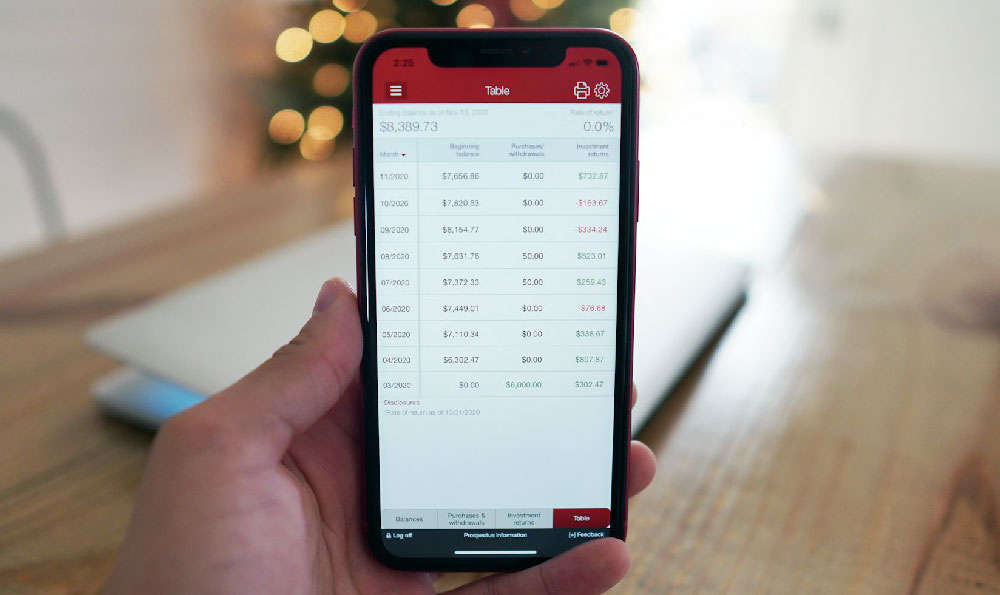Earning money on YouTube has become one of the most accessible paths for creators to turn their passion into a sustainable income. Unlike traditional avenues that require substantial capital or industry connections, YouTube's ecosystem offers a range of monetization strategies, each tailored to different niches, content styles, and audience engagement levels. However, the journey to profitability is not merely about uploading videos and waiting for ad revenue—it demands strategic planning, consistent effort, and a deep understanding of how YouTube's algorithm and audience dynamics influence earnings. For those serious about leveraging this platform, the key lies in balancing creativity with commerce, ensuring that the content remains authentic while aligning with monetization opportunities that resonate with both viewers and advertisers.
At the core of YouTube's monetization framework is the YouTube Partner Program (YPP), which enables creators to earn money through ads, Super Chat, and channel memberships. To qualify for YPP, a channel must accumulate at least 1,000 subscribers and 4,000 watch hours within the past 12 months. While these metrics may seem straightforward, they are influenced by factors such as video length, upload frequency, and audience retention. Creators who focus on long-form content with high engagement often find that meeting these thresholds is more achievable, as longer videos tend to generate more watch hours and attract dedicated followers. Ad revenue, in particular, depends on the Cost Per Mille (CPM) rate, which varies based on the target demographics. For instance, ads on educational content or tech reviews may command higher CPMs than those on casual vlogs, as they often appeal to niche audiences with specific interests. Moreover, the placement of ads within a video—such as pre-roll, mid-roll, or post-roll—can significantly impact viewer experience and ad effectiveness, requiring creators to strike a balance between profitability and audience satisfaction.
Beyond the traditional ad model, YouTube creators can explore alternative revenue streams that offer greater flexibility and scalability. Brand partnerships, or sponsorships, have become a cornerstone for many YouTubers, allowing them to monetize their content through collaborations with companies. These partnerships are often based on the creator's audience size, engagement metrics, and alignment with brand values. For example, a fitness influencer with a large following may secure lucrative deals with fitness apparel brands, while a lifestyle creator might attract partnerships with travel or wellness companies. The success of such collaborations hinges on transparency and authenticity; audiences are increasingly discerning, and any perceived inauthenticity can damage a creator's credibility. Therefore, building a loyal community through consistent, high-quality content is crucial before diving into brand partnerships, as it ensures that sponsors can trust the reach and relevance of the creator's audience.

Another lucrative avenue is affiliate marketing, which allows creators to earn commissions by promoting products through unique referral links. This strategy is particularly effective for those who review tech gadgets, recommend books, or share fitness tips. The commission rates vary by platform, with some products offering up to 10-30% of the sale. Success in affiliate marketing depends on the creator's ability to provide genuine value to viewers, as recommendations are often driven by trust rather than mere clicks. Additionally, YouTube's monetization policies have evolved to prioritize creators who produce content that aligns with brand guidelines, emphasizing the importance of ethical practices and clear disclosure of sponsored content.
For those with a loyal subscriber base, channel memberships and Super Chat offer direct financial support from their audience. These features require creators to foster a sense of community, often through exclusive perks like early access to content, custom emojis, or behind-the-scenes material. The effectiveness of these options depends on the level of engagement and the value proposition offered to subscribers, making them ideal for creators who prioritize relationship-building over automation. However, sustaining such memberships often involves regular interaction with the audience, which can be time-consuming but rewarding in the long run.
In recent years, YouTube has also opened doors for creators to monetize their content through merchandise sales and virtual products. By leveraging the YouTube Store, creators can sell branded items directly to their audience, capitalizing on their existing fan base. Virtual products, such as digital downloads, courses, or printable guides, provide another avenue for monetization, especially for creators with expertise in specific areas. These options allow for passive income generation, as products can be sold repeatedly without ongoing production. However, they require careful planning and marketing, as the success of such ventures depends on the perceived value of the product and the creator's ability to reach a broader audience.
The path to profitability on YouTube is also influenced by emerging trends such as live streaming and creator subscriptions. Live streaming enables real-time interaction with viewers, offering opportunities for donations and paid memberships. This dynamic engagement can be particularly lucrative for creators who provide value in live formats, such as tutorials or Q&A sessions. Conversely, creator subscriptions offer a steady income stream through recurring payments, making them a promising option for those who can maintain a consistent content output and audience loyalty. However, the competition in these areas has intensified, requiring creators to differentiate themselves through unique content and compelling social interactions.
Ultimately, earning money on YouTube is a multifaceted endeavor that demands both creativity and strategy. While the platform provides diverse monetization options, success is not guaranteed and requires a long-term commitment. Creators who prioritize quality, engage their audience consistently, and adapt to changing trends are more likely to achieve sustainable growth. Additionally, integrating multiple revenue streams can help mitigate risks and diversify income sources, ensuring that financial stability is not contingent on a single model. By combining these approaches, YouTube creators can not only monetize their content effectively but also build a resilient financial foundation that supports their long-term goals.












